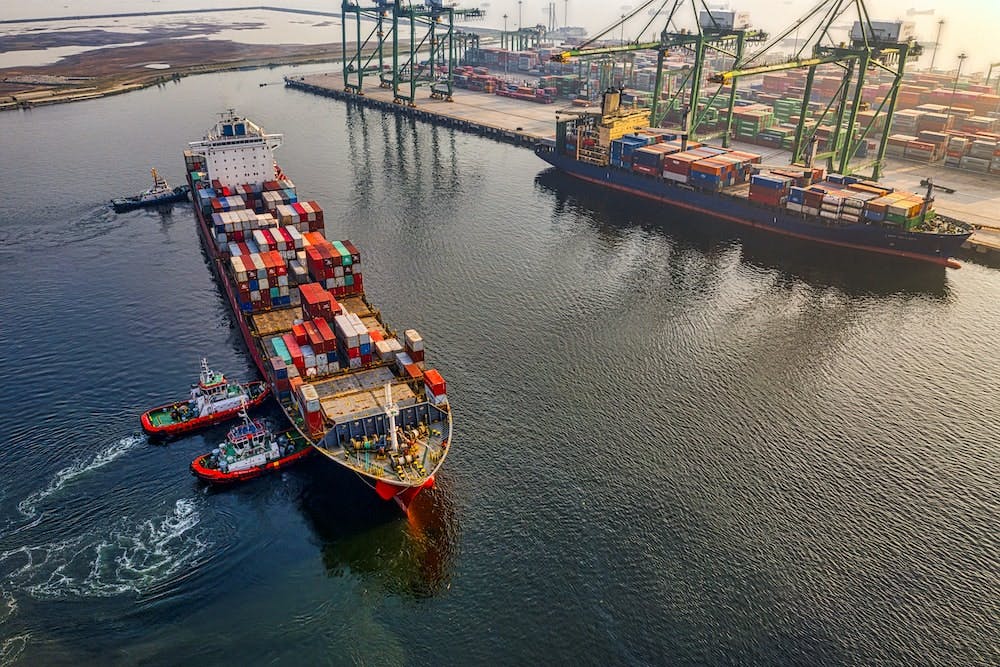Jan 14, 2026 Webinar | Global Supply Chain Architecture: Examining Red Sea’s Evolving Impact - Register Now

A glimpse into the world of reliability in shipping
Over the past few years, supply chain management challenges have increased due to recurring disruptions such as infrastructure congestions, unexpected transshipments, and extended transit times. To overcome these challenges, reliability is key.
Understanding reliability: Why it matters
Reliability is not just a concept; it is the key to productivity that businesses depend on. Imagine a world where vessels arrive when expected, and where the actual performance of a service lane can be compared with its official schedule. Reliability represents this idea and transforms it from a vague concept to a concrete reality.
For shippers, deadlines are more than mere dates; they are the building blocks of strategies, the elements that ensure seamless supply chain operations. Significant delays can send ripples of disruption through the entire process, underscoring the critical role of reliability.
Upon closer examination, one can discover a landscape full of challenges. Shippers have to navigate carrier websites, deal with inconsistent information and perform manual searches. Despite the ongoing efforts to achieve transparency in real reliability data, it remains a challenge. Furthermore, although historical data is valuable, it often fails to provide the necessary insights for well-informed and data-driven decisions.
For freight forwarders, similar obstacles emerge. Responses are often biased, influenced by their known carrier portfolio and annual allocations. Transit times, a critical metric, are taken at face value, without insight into the service's true performance.
These shared pain points highlight the significance of actionable reliability data.
Cracking the code of "Reliability"
The question that emerges is: How can we quantify something as dynamic as reliability in the world of shipping?
To address these challenges, a revolutionary solution is on the horizon. It leverages the power of data, mathematical modelling and industry expertise to redefine reliability assessment. Charles Joannon, Lead Product Manager at Wakeo shared insights into how to unlock the potential of reliability through innovative means.
"At its core, reliability hinges on the discrepancy of the official schedules versus the real performance," he explained. "Shipping lines craft lane services outlining routes and schedules. We delve into the past, dissecting historical data to assess the reliability level—whether the official schedule will be respected or not."
Two vital data streams emerge as keys: transit time and reliability.
The transit time criteria reflect the official data provided by shipping lines, forming the basis of schedules. On the other hand, the reliability criteria go beyond the surface. By comparing the transit time with past port calls of vessels on the same service over the last three months, the resultant score offers a tangible gauge of the average percentage increase in transit time observed in the past, providing an insightful measure of reliability.
